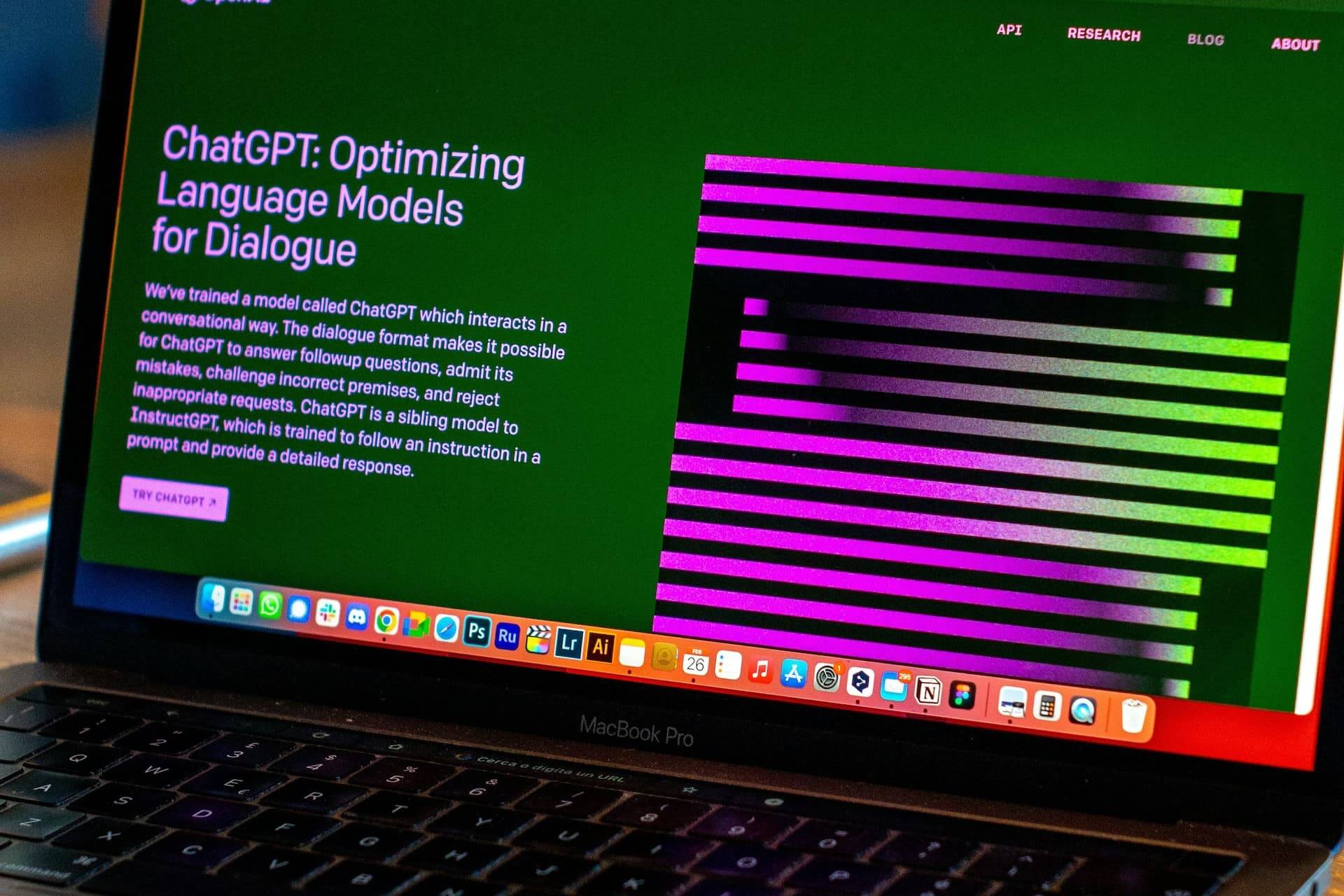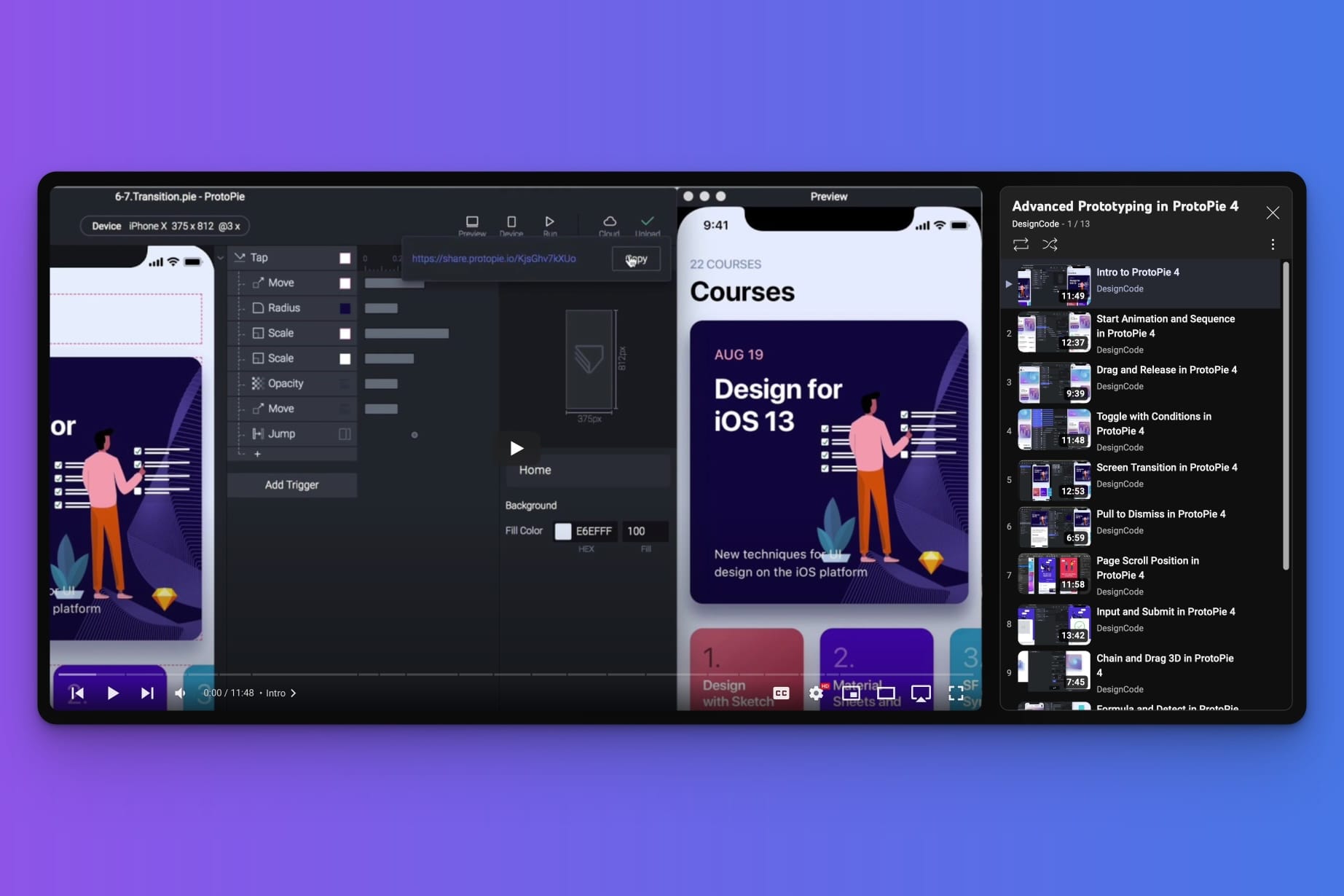When it comes to product design, the devil really is in the details.
The features and functions that make up a great product can be found in the small details that add up to create an overall experience for users. But how do you ensure your product design meets these standards? It takes more than just a beautiful aesthetic; successful products must draw people in with their simplicity and functionality. That’s why we’ve compiled seven essential tips to help designers create products that will make users fall head over heels!
From understanding user needs to testing prototypes, good product design requires research and insight into what makes customers tick. Designers should use this knowledge to craft experiences that draw users back time and time again – something all businesses strive for.
With these seven tips, you’ll find yourself creating innovative designs that are sure to turn heads. Ready to get started? Let’s dive right in!
Designing a great product doesn’t have to be complicated or overwhelming; it simply requires taking the necessary steps towards crafting an experience tailored specifically for your audience. By following our seven tips for success, you’ll soon be on your way to designing products you can be proud of – ones which meet customer expectations and delight even the most discerning of buyers!
Understanding User Needs And Desires In Product Design
Crafting a product that meets the needs and desires of users is essential in successful product design. It requires understanding their preferences, values, and behaviour patterns to create something they can connect with emotionally.
From an engaging user interface to intuitive features, fulfilling user desires goes beyond simply providing them with what they need – it’s about creating an experience that fulfills their subconscious desire for innovation. Product designers must deeply understand how users interact with the environment in order to construct the perfect solution. By taking into account the needs, wants and limitations of consumers, product designers are able to establish effective communication channels between users and products. This allows them to make informed decisions when designing products that effectively communicate messages as well as serve functional purposes.
As such, catering to user needs and desires plays a crucial role in driving consumer engagement and loyalty at every stage of the product lifecycle. Achieving this involves being familiar with trends within your target audience’s industry so you can stay ahead of the curve while meeting their expectations from beginning till end. Seamlessly blending form and function therefore paves way for a harmonious relationship between customers and businesses – one which will stand the test of time!
With these elements taken care of, we move on now towards crafting an effective user interface for our product design journey…
Creating An Effective User Interface For Product Design
Creating an effective user interface for product design is the key to making users fall in love with a product. It’s not just about having exciting features; it’s also about how those features are presented and experienced by your target audience. A well-designed UI should be intuitive and easy to use while being aesthetically pleasing. Usability testing is essential before launching any product, as this helps you identify potential issues early on and ensure that your users can easily navigate the interface.
But great user interfaces don’t happen overnight!
They require coordinating the efforts of UX designers, graphic designers, developers, and other stakeholders. All these people need to work together to create something powerful yet simple enough for anyone to understand quickly. Having clear goals for each step of the process will help keep everyone aligned and motivated towards achieving success.
Designers must always think about scalability when creating UIs since products often evolve over time and new features may be added down the line. The goal should always be to build something flexible enough so that changes or additions won’t disrupt existing features too much. This way, you can make sure that your product remains modern without requiring extensive reworking every few years.
As we’ve seen, designing a successful user interface isn’t easy but it’s certainly worth investing the time upfront – after all, if done right it could mean more engagement from customers and better business results overall! Now let’s look at how incorporating graphic design into product design can take things even further…
by creating a visually appealing, easy-to-navigate, and intuitive product experience.
Incorporating Graphic Design Into Product Design
When it comes to creating an engaging product design, incorporating graphic design elements is key. Graphic design allows you to add a visual layer of interest and intrigue that helps make your product stand out from the competition. Whether you’re designing webpages, mobile apps or physical products, here are four ways to use graphic design in your product design:
Incorporate color theory into your designs.
Color plays an important role when it comes to user experience – certain colors can evoke different emotions in users which will affect their overall perception of your product. By understanding how color works and what effects it can have on people, you can create a more effective design.
Use typography effectively
Typography isn’t just about selecting interesting fonts for your project; it’s also about utilizing hierarchy, scale and contrast to draw attention and guide users through the interface. With cleverly chosen typefaces, you can help visually direct users towards particular elements within the design.
Employ iconography for clarity and direction
Icons should be used sparingly but strategically throughout your product’s interface so that they don’t become overwhelming or confusing for users. When executed correctly, icons can bring clarity to complex concepts as well as point users in the right directions quickly and efficiently with minimal effort required by them.
Add motion graphics to engage viewers further
Animations and interactive transitions not only provide an aesthetically pleasing element of surprise but they also allow designers to control how information is presented within the user interface without having to overload it with too much content at once – this keeps things fresh while guiding viewers along a pre-defined path without feeling like they’re being forced down one specific route all the time!
Graphic design is an essential tool when trying to craft a unique product identity that resonates with users – if done correctly, these visuals could even be enough to take your product from average to extraordinary!
Conclusion
In conclusion, product design is essential for creating a successful user experience. Understanding users’ needs and desires is key in designing products that they will love. An effective user interface should be created with visuals that are attractive, intuitive, and easy to use. Incorporating graphic design into product design can further enhance the look and feel of the product, leading to more satisfied customers. By following these seven tips, designers can create products that not only meet user expectations but exceed them too!
By staying mindful of users’ wants and needs while designing products, I’m confident everyone will have positive experiences with your creation. With consistent focus on quality throughout the entire process, you’ll produce something beautiful sure to make users swoon!
Frederik Roessell
Creative designer with 20 years of design experience working in startups and agencies in Copenhagen. Currently pushing pixels as a Senior Product Designer at a large ecommerce brand.



